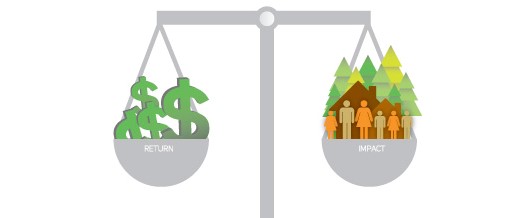Recently Morningstar, creator of the Morningstar Star Ratings for mutual funds, introduced Sustainability Ratings to gauge an investment’s adherence to SRI principles. 401k plan participants, millennials especially, have become interested in socially conscious and impact investing. A recent U.S. Trust survey found SRI factors are important to 93% of millennials when making an investment decision. Your 401k plan can have greater value to your employees if you begin sharing Morningstar’s Sustainability Ratings for your 401k investment options.
What are SRI and ESG?
ESG is an acronym that stands for environmental, social and governance. These factors include the environmental impact of the company, how the company interacts with its employees, customers and communities, and how the company is managed and led. These criteria represent the major non-financial items used to evaluate an investment option. ESG factors make up the core of a socially responsible investing (SRI) approach. You may have heard SRI described as impact investing. There is a difference. Impact investing is a subset of SRI that attempts to generate positive social good in addition to the goals typically outlined in an SRI approach. For example, impact investing may target organizations that use clean technology, help feed the hungry or house the homeless.
Morningstar’s Sustainability Rating
Effective earlier this year for more than 20,000 investment options (ETFs and mutual funds), Morningstar debuted what it is calling a “Sustainability Rating.” It is the intention of Morningstar, via its Sustainability Rating, to help investors measure the extent to which an ETF or mutual fund’s underlying investments are managing ESG factors.
Investors and 401k plan participants should be able to have a high level of confidence in the Sustainability Ratings that Morningstar shares. Morningstar will calculate its Sustainability Ratings by using company ESG rating information provided by Sustainalytics. Both Morningstar and Sustainalytics are in the business of selling information, not advice or products.
Morningstar’s Sustainability Rating scale will parallel its mutual fund star ratings scale in that the best score an investment can achieve is a 5. Different from the star ratings, the Sustainability Ratings will be represented by globes.
DoL gives SRI a Boost
In October of 2015, the Department of Labor (DoL) issued new guidance in Interpretive Bulletin 2015-01 that many feel opened the door to wider adoption of impact investment approaches and SRI in general. Prior DoL pronouncements seemed to indicate that SRI investing was not something that retirement plan fiduciaries should consider. In announcing the Bulletin, DoL Secretary Thomas Perez stated that non-retirement plan ESG investments have grown from $202 billion in 2007 to $4.3 trillion in 2014. By issuing Bulletin 2015-01, the DoL was attempting to remove the perceived stigma surrounding SRI investing in retirement plans.
What Plan Sponsors Should Do Now
Ask the investment adviser who works with your 401k plan to begin sharing Morningstar’s Sustainability Ratings in his/her performance reports presented to your investment committee. Update your employee education programs to discuss Morningstar’s Sustainability Ratings with your employees. Begin considering Morningstar’s Sustainability Ratings when you choose new mutual fund investment options for your 401k plan.
Many of your employees are interested in making life decisions that reflect their respect for the environment, social justice and sound governance. Make your 401k plan more relevant to them, and demonstrate your firm’s commitment to sustainable practices, by sharing the Morningstar Sustainability Ratings of the investment funds in your 401k plan.







